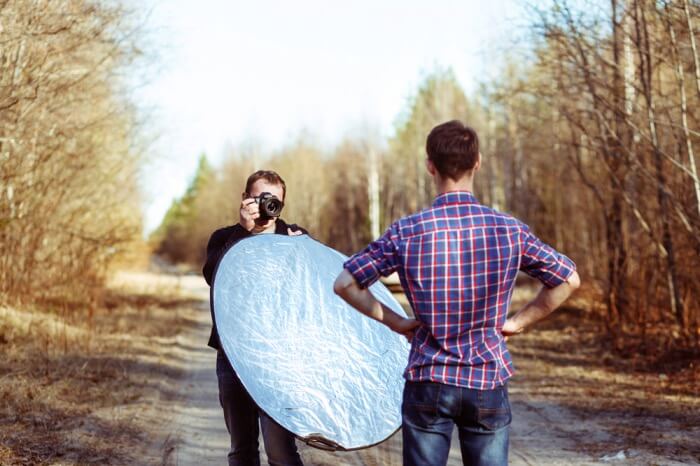

(With other types of scope that use a separate star diagonal, things are usually easier - you can leave the star diagonal off, which has the same effect as a big chunk of inward focus). With a newtonian scope, the focal plane is usually somewhere inside the focuser tube, and many newts don't have enough focuser inwards travel to let you get the focal plane the 40mm or so beyond the end of the focuser that you need to get it to reach a DSLR sensor. And in a DSLR, the sensor is some way inside the camera body (behind the shutter, which is behind the mirror. The problem you have with many newtonian reflectors - especially smaller ones - is that to use them for prime focus photography (where you're effectively using the telescope like a big telephoto lens), you need to set things up so that the camera sensor ends up at the focal plane of the telescope. Thank you for reading, I look forward to your responses. My astronomy/optics knowledge is practically zero but I'm a fairly savvy mechanical engineer and can build things to a specification.

I'm not looking for perfect photos, but rather something that is better and more convenient than holding my cellphone camera close to the eyepiece and holding my breath! :) I have a ready supply of aluminium stock and industrial plastic stock (RG1000) that I can build an adaptor from. I do have a small Milling machine and most of the basic machine tools.

Here's a picture of my telescope and it's accessories. Far from ideal but it has really fired my imagination about doing more astronomical photography. I was able (with very considerable difficulty) to photograph both Moon and Jupiter scenes by holding my camera up to the eyepiece.

I have managed to view the Moon in beautiful detail and also had my first glimpse of Jupiter (with Enceladus Ganymede & Europa in the same shot!). I was given a 1995 vintage Tasco "302003" Newtonian telescope recently and have had some exciting success with it.


 0 kommentar(er)
0 kommentar(er)
